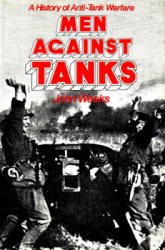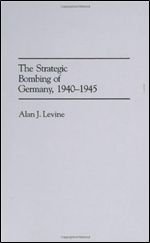Scots immigration to North America in the 17th and 18th centuries included people from the Lowlands, Highlands, and Islands of Scotland (see Scots-Irish Immigrants for Ulster immigrants). Few Scots moved to North America in the 1600s, as they chose instead to migrate to countries with which they were more familiar, such as England, Ireland, and the Netherlands. Scots immigration increased in the 1700s, but it ebbed and flowed rather than occurring in a massive wave. The years between the Seven Years’ War and the American Revolution brought the greatest number of immigrants; an estimated 25,000 Scots arrived in British North America during that time. Perhaps 35,000 Scots immigrants were in the American colonies by 1775. Exact numbers of immigrants are difficult to determine because of limited data and because Scots often were recorded as “British.”
Many Scots journeyed to North America as involuntary migrants—exiled criminals banished from their homeland and sold as indentured servants in the New World. In the 1650s Oliver Cromwell sent shiploads of prisoners to Virginia, and soon thereafter, King Charles II and his brother James banished Covenanters (supporters of the Presbyterian faith) to the American plantations. The Jacobite rebellions of 1715 and 1745 also brought a number of involuntary Scots to the colonies, as exiled supporters of the Stuart line were sold to American masters. Repression of Highlanders after the Jacobite defeat in 1746 meant not only prisoners but also persecuted Highlanders, including those who lost their lands, sought refuge in North America. Perhaps 2,000 Highlanders, either by choice or by compulsion, settled in North America after the Jacobite rebellions. Scotland’s Privy Council continued to dispatch prisoners and other “undesirables” to North America throughout the 18th century.
Religious and economic factors also caused Scots emigration. Religious persecution and intolerance were particularly severe in Scotland in the late 17th century. In the 1680s Scots Presbyterians immigrated to South Carolina, where the Carolina proprietor Anthony Ashley Cooper, a Covenanter supporter, welcomed them. Some Scots Quakers, likewise persecuted, fled to New Jersey about the same time. In the 18th century, as rents rose sharply across Scotland, economic motivations became more important among migrants. Many of the voluntary immigrants came as indentured servants, selling themselves into servitude in exchange for passage to the colonies.
The Scots settled principally in the mid-Atlantic and southern colonies, often on the frontier, where they frequently waged war with Indians over the control of land. By the 1770s Pennsylvania had become a primary destination. Highlanders found their way to the frontiers in North Carolina and Georgia, and to the upper Hudson and Mohawk River valleys of New York. Lowland Scots, including many merchants and professionals, inhabited port cities, especially Philadelphia, Charleston, and Boston. Lowland Scots also settled in Virginia, where they played a significant mercantile role in the tobacco trade. Scots immigrants did not usually establish their own communities but often assimilated into English communities. Highlanders sometimes maintained separate cultures, preserving their customs, including the wearing of the traditional Highland kilt.
Scots immigrants contributed greatly to the development of the early American colonies. They established mercantile networks that linked the American colonies to Britain and the West Indies. They played major roles in Virginia and Maryland, from governor to indentured servant. Education benefited from the Scots presence, as many were tutors and schoolmasters. Serving as physicians and establishing medical schools, clinics, and dispensaries, Scots migrants likewise promoted advances in the medical field.
Further reading: David Dobson, Scottish Emigration to Colonial America, 1607-1785 (Athens: University of Georgia Press, 1994); Aaron Fogleman, “Migrations to the Thirteen British North American Colonies, 1700-1775: New Estimates,” Journal of Interdisciplinary History 22, no. 4 (1992).
—Robin Patten




 World History
World History









